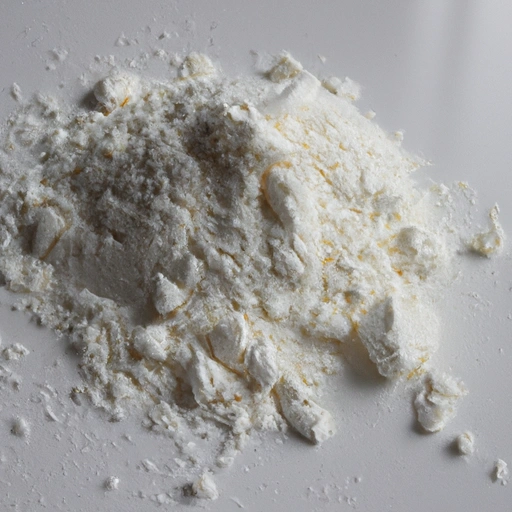Gluten
Description

Gluten is a family of proteins found primarily in wheat, barley, and rye. It acts as a binder, holding food together and adding a 'stretchy' quality to dough. Gluten is composed of two main proteins, glutenin and gliadin, which, when combined with water, form a sticky network that has a glue-like consistency—hence the name gluten, derived from this glue-like property.
Common uses
Gluten is predominantly used in the baking industry to give elasticity to dough, helping it to rise and keep its shape, and often results in a chewy texture. It is also used in a variety of other food products as a thickening agent and for its protein content.
Nutritional value
Calories
Gluten provides about 4 calories per gram (or approximately 113 calories per ounce).
Protein
Gluten is rich in protein, with content varying by source, offering about 75-85 grams per 100 grams of vital wheat gluten, or approximately 21-24 grams per ounce.
Fat
Gluten contains minimal fat, with around 1.5 grams per 100 grams (or roughly 0.42 grams per ounce).
Carbohydrates
Though derived from grains, pure gluten is low in carbohydrates, with approximately 13.8 grams per 100 grams (or about 3.9 grams per ounce).
Vitamins
Gluten itself is not a significant source of vitamins.
Minerals
Gluten may contain trace amounts of minerals such as iron and selenium, depending on the source.
Health benefits
As a protein source, gluten can contribute to the protein intake of those on a vegetarian or vegan diet. Its elasticity is also beneficial for bread-making, providing texture and a satisfying mouthfeel in baked goods.
Potential risks
For individuals with celiac disease or non-celiac gluten sensitivity, consumption of gluten can cause health complications ranging from gastrointestinal issues to neurological symptoms. It is also associated with wheat allergy, where gluten and other proteins in wheat can trigger an allergic reaction.
Common recipes
Gluten is a key ingredient in bread, pasta, pastries, cereals, and sauces. It is also used to make seitan, a popular meat substitute in vegetarian and vegan diets.
Cooking methods
Gluten is activated and developed in dough through the process of kneading. It can be used in baking, boiling, steaming, and frying.
Pairing with other ingredients
Gluten's neutral flavor makes it versatile in various cuisines, pairing well with numerous ingredients, spices, and condiments.
Summary
Gluten is an essential protein complex in many grains and is crucial for various cooking and baking processes, offering texture and structure. While nutritious for most people, it poses health risks for those with gluten-related disorders. Awareness and understanding of gluten can help individuals make informed dietary choices.